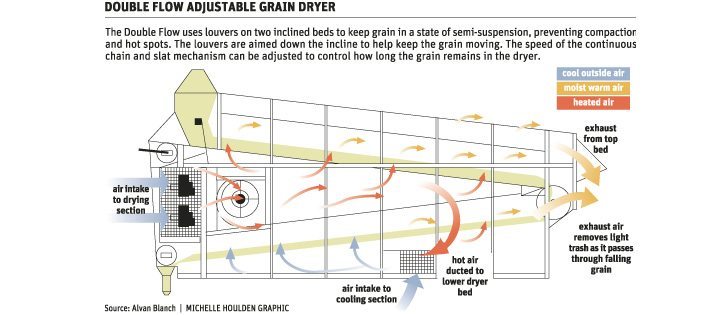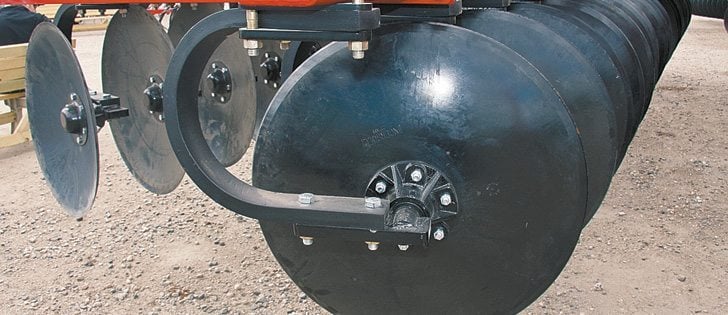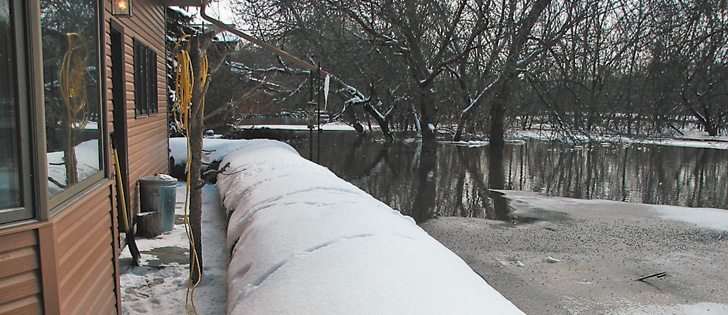Coming years Two more herbicides, herbicide resistant cropping system, fungicides, insecticides and more
Markus Heldt, head of BASF’s international crop protection division predicts one of the company’s new herbicides will cover 20 million acres in North America this year.
He said Kixor (safluenacil), one of two new herbicides with new active ingredients BASF released between 2002 and 2009, is proving popular and is in line to post big acreage use.
As well, BASF released fungicides such as Caramba and Headline as part of six new disease products, Heldt said at a recent meeting in Chicago.
Scott Kay of BASF Canada said Headline improves yield by controlling fungal infections on plants and expanding the flowering and filling phases. These benefits make the pyraclostrobin a successful product for the company, he added.
Read Also

Equipment manufacturing may return to Canada
Some ag equipment and automotive manufacturers are now adjusting their production and distribution to avoid tariff costs in relation to supplying the Canadian market.
“The past few years have been pretty busy. The next few will make them seem quiet.”
Heldt said another pair of herbicides with active ingredients will come to market between now and 2020.
As well, the company will introduce at least one herbicide tolerant cropping system in the form of already announced dicamba-ready crops, three more fungicides, an insecticide and bundled packages of agronomy, chemicals, plant genetics and marketing partnerships.
Nevin McDougall, BASF’s head of crop protection for North America, said a new relationship with Cargill will put the company’s omega 3 fatty acid canola into Canadian farmers’ fields and ultimately into Cargill’s food processing business.
“It is a different and more sustainable approach to the business,” he said.
“And functional crop care broadens our approach to product delivery to farmers. By ensuring that growers get not just the chemistry but the advice and support when it comes to fertilizer and water management, we can leverage the higher yields that make those producers our long-term customers.… Developing a new active in crop protection is a $200 million or more investment. It takes a lot of sales over time to pay that off.”
McDougall said one of the ways his company intends to support that sort of research investment is by leveraging the value that new products can deliver to producers.
He said ensuring that growers get the most out of the product builds the kind of loyalty that will support the large-scale research projects that are needed to make significant steps in agricultural productivity.
Heldt said the cost of adding new products is rising. BASF spent $388 million in crop protection research in 2007 and $530 million last year. It plans to spend $775 million per year by 2020.
“It costs a lot of money to be innovative,” he said.














